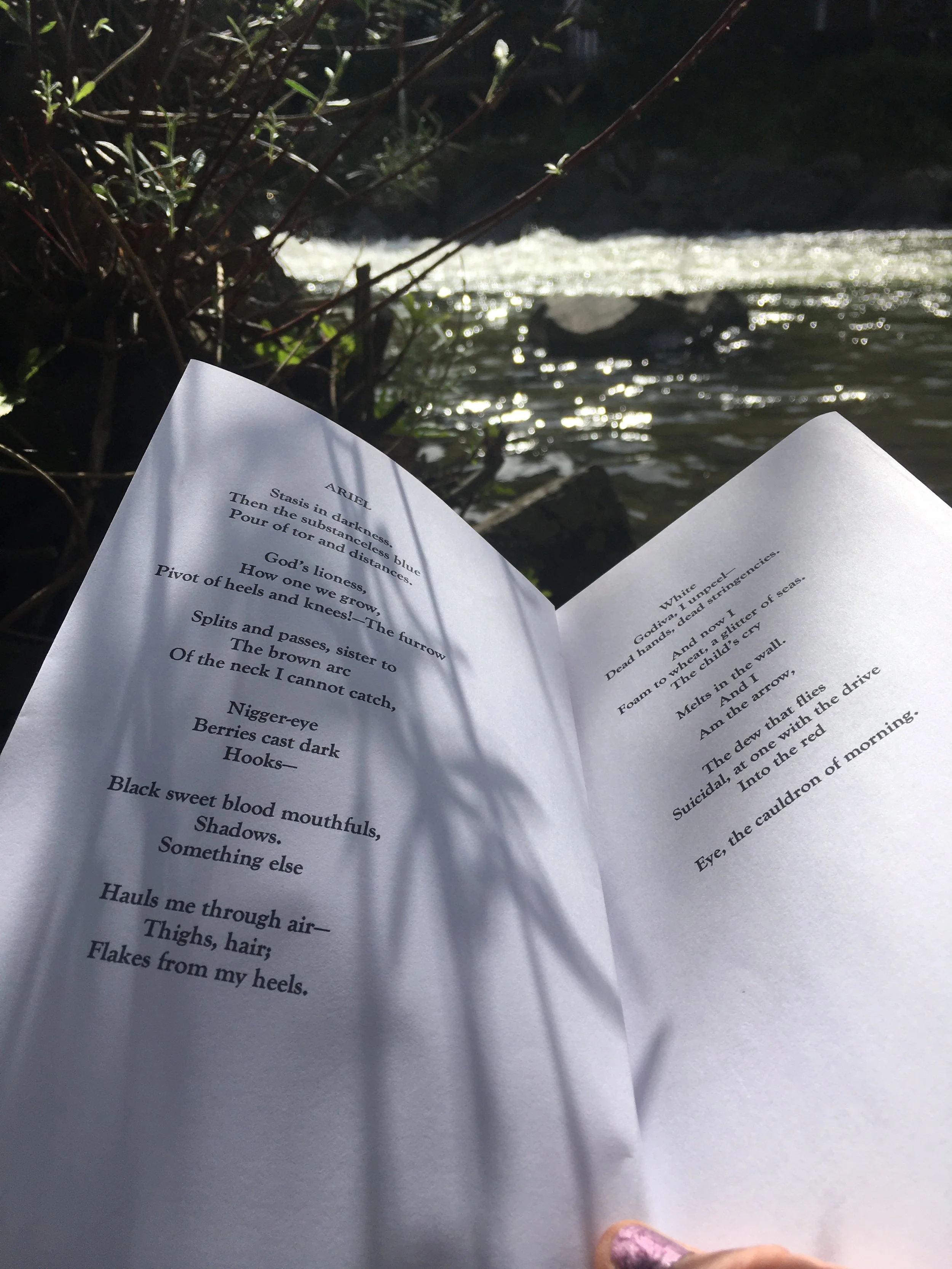Moments Collected in Words
/
Dear Writers, carriers of story, crafters of words, metaphorical creatures, wild ones,
This month I'm doing much the same as many other writers, juggling childcare and summer holidays, finishing a book and teaching. And, I'm doing what I do most years at this time, and going back to a practice of Collecting Moments in Words. It goes well with outdoorness, and it supports and inspires me. So this is a re-found blog. May it accompany you too, as you enjoy the summer season!
Collect moments, not things
Paolo Coelho
As I read that quote, I remembered one occasion when, close to home in France, a friend and I collapsed in a café overlooking the sea, at sunset. Warmed and salted and satisfied. Eighties tracks on a crackling sound system, and the smell of gin and tonic. We watched boats tethered, tossing on the vast Mediterranean. On impulse we asked the waiter for paper and a pen. He tore off a duplicate sheet from his order pad and presented it with a flourish. We fired off a list of memorable moments from the day.
As we scribbled down those moments, I remembered that I used to do that, when I was travelling in Asia, aged 19. Sunburnt and grubby, eating slippery food in seedy dives.
Europe, Asia, Africa too. The moments I’ve recorded have become doubly etched on my memory. They flash into view again now. I feel happy as I recall them.
Wild moments. Why ‘wild’?
When a memory takes us, neurons fire, and neural pathways connect. We live it again, no less vividly than the first time. Smell, taste, colour, sound, touch, texture, sensation in the body. And movement. So much movement.
I think of Mary Oliver’s ‘Instructions for living a life’.
Pay attention.
Be astonished.
Tell about it.
That’s the simplest and most effective recipe for writing poetry I’ve come across.
I also think of the haiku form. Nature writing in brief.
For words to live, breathe and jump off the page, we first have to discover, or re-discover, an attitude of wonder and revelation about the world around us.
Japanese haiku poets were masters of that. The 'aha moment', is a very short, fleeting moment, in which a human being catches a glimpse of what we could call'world harmony'. Life reveals itself in all its glory. Haiku’s power stems from revealing links between largely uninflected images. They allow us to make metaphorical connections, to join one realm of our experience with another. In the following three haiku by Basho, the less abstract (cherry flakes, caged cricket, wild geese) enables us to know the feeling tones of the more abstract (relaxation, loneliness, grief).
If I’d the knack
I’d sing like
cherry flakes falling.
Loneliness--
caged cricket dangling
from the wall.
Friends part
forever--wild geese
lost in cloud.
Interested in mastering ‘Haiku Techniques’? Jane Reichhold’s article is very helpful.
In my days as a short-film writer and director, David Mamet's book, On Directing Film was my bible. Mamet’s theory, based on Eisenstein's montage model, is simple; good film is ‘a succession of images juxtaposed so that the contrast between these images moves the story forward in the mind of the audience’. The shots make the scene. The scenes make the film. Full stop.
Each moment we record is a pearl. String them together and narratives emerge.
Never mind a poem, string enough of them together, and you’ll have a novel or memoir.
There were 242 words in my list of 14 moments from that day by the sea. Another 364 of those days, and I’d have a full-length manuscript.
One year. It could be that easy. Do your sums.
Writing Prompt:
At the end of each day, write a list of nourishing, inspiring, connected moments. Explore- what is it that enables their aliveness? That way, learn to write wilder words. And learn to appreciate life more fully too.
And/Or,
Try stringing 3 pearl-moments to make a haiku.
Three lines of 5,7 and 5 syllables. Within the three lines, express a strong emotion. Then, juxtapose it with a natural image that stands as a metaphor for that emotion. Instead of directly stating the emotion, you can also contrast two images to create an emotional affect, (as, for example, in the first of Basho’s haiku above).
You’re warmly invited to share them as guest posts on the Wild Words Facebook page.












Winter Solstice Competition Runner-up: Hannah Ray, with You Were Born in a Pandemic